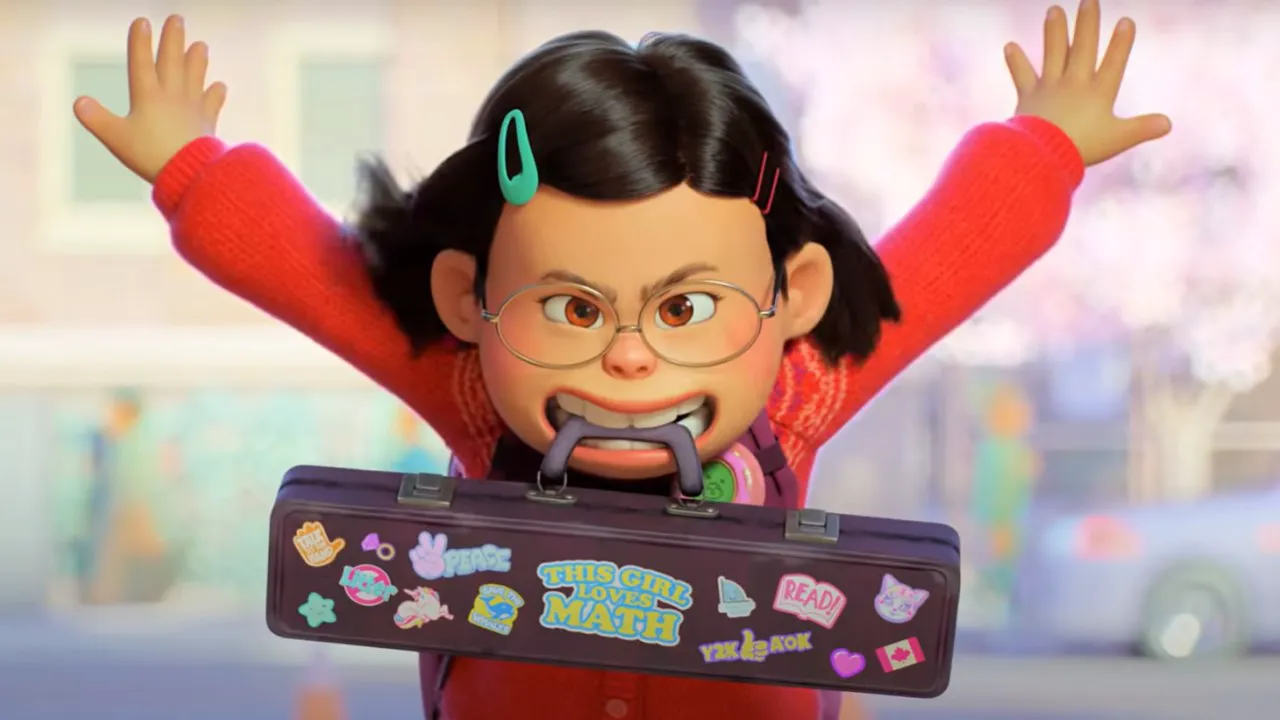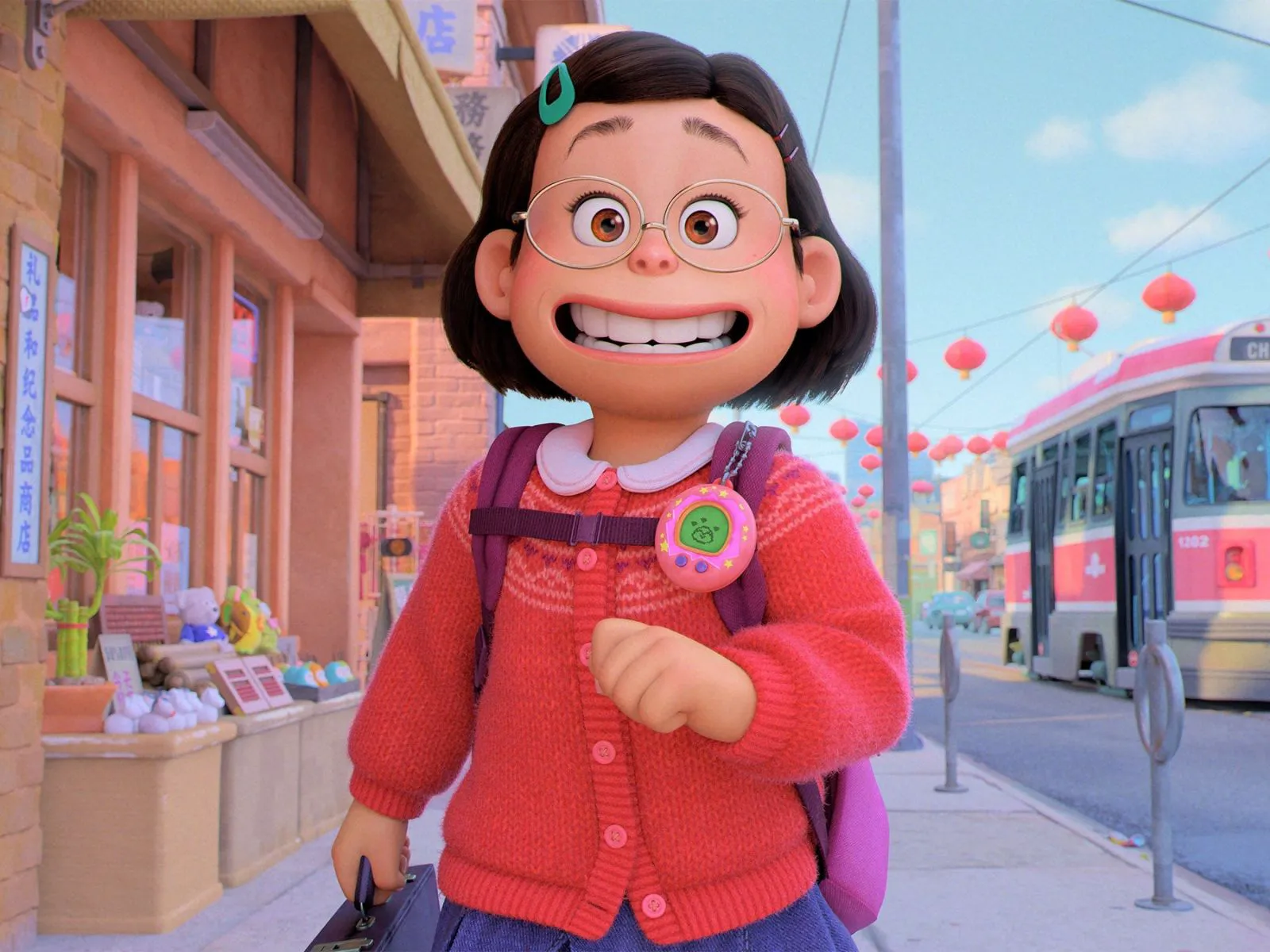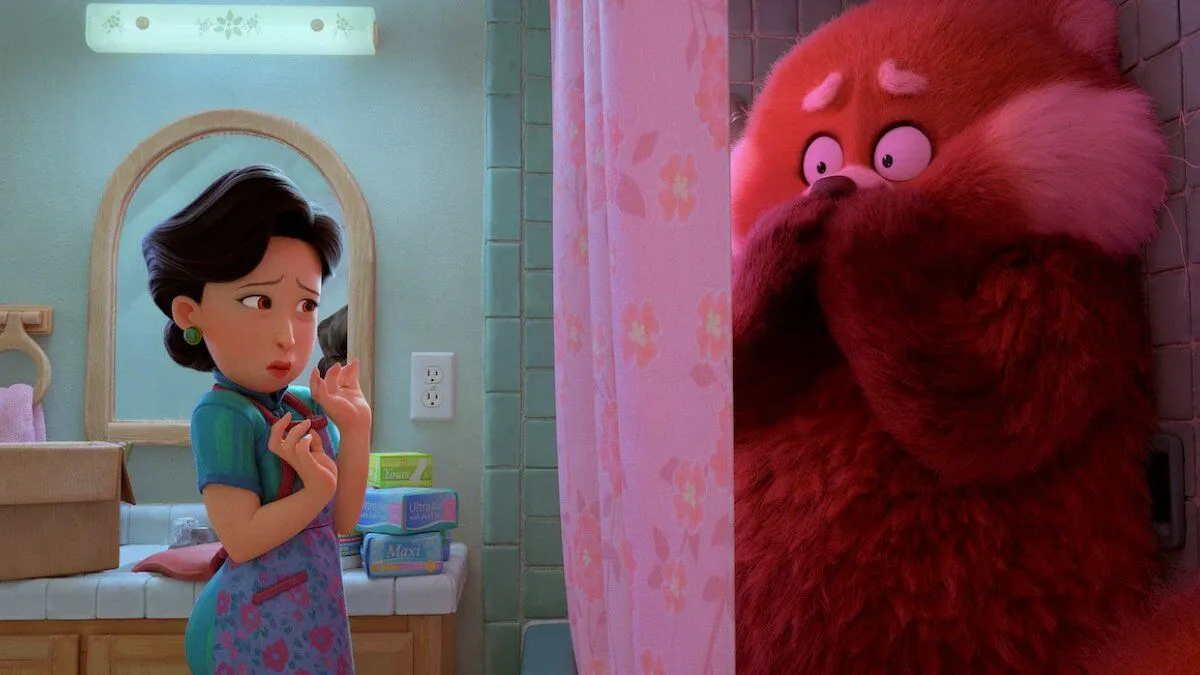“Turning Red”: A Pixar Film That Goes Beyond the Surface
The new Pixar film “Turning Red” has not been released in domestic theaters as expected. However, due to numerous pandemic restrictions, it can now be viewed online, both in Russia and abroad. Unlike the studio’s previous film, the heartfelt but rather simple “Luca,” “Turning Red” raises many ambiguous existential questions, inviting viewers to decide on the answers themselves.

Still from the animated film “Turning Red”
The Story of Mei
The main character of the film is thirteen-year-old Meilin “Mei” Lee, a Chinese-Canadian girl, a perfectionist by force, and the main contender for the title of “daughter of the year.” In her relentless pursuit of being the best in everything, Meilin predictably forgets about her personal desires and even her own friends. However, as soon as she gets distracted by the notorious thoughts about cute boys, her hyper-caring mother appears in the room, clearly unwilling to share her daughter’s attention with anyone else. Everything turns upside down when an ancient family curse comes true one night: now, with every minimal burst of emotion, Meilin turns into a giant red panda, and only deep inner zen can return her to the body of an ordinary girl.

Still from the animated film “Turning Red”
Themes and Cultural Context
“Turning Red” is directed by Domee Shi, the Chinese creator of the Oscar-winning short film “Bao,” which largely echoes “Turning Red.” Both films focus on parent-child relationships, the difficulties of growing up, and leaving the family nest. It is noteworthy that for Asian culture, which, unlike Western culture, has always gravitated towards its roots, the problem of parental separation remains particularly relevant even in the twenty-first century. This is primarily due to the general lack of freedom of the Chinese people, centuries of totalitarian dictatorship in the country, which has largely become the foundation for the development of modern society. At the same time, for the American (and any European) audience, which was and continues to be the main consumer of Pixar cartoons, such topics are not at the forefront, and controlling parents are not so common.

Still from the animated film “Turning Red”
A Blend of Genres and Cultural Identity
Perhaps, this is precisely why “Turning Red” is not limited to issues of hyper-care alone, acquiring more and more new meanings as the plot develops. What began as a classic story of teenage rebellion turns into an intense crisis of self-identification: a Chinese girl, raised and educated in Canadian culture, must make a sacred choice between inner freedom and moderation, Western and Eastern values. Following the transformation of the overall tone of the narrative, the genres of the film also change: there is a place for awkward teenage comedy, a textbook social drama, and even an epoch-making culminating blockbuster, when a giant panda, like a fluffy King Kong, destroys the largest concert hall in Toronto.
Against the background of the general Hollywood trend towards Asian cinema, “Turning Red” not only fits perfectly into the context but also appeals to the Chinese film market, on which, as we all know, the entire world box office rests. At the same time, the usual Pixar audience also benefits: a whole multi-genre attraction has been prepared for them, something that seems to have not happened since the release of “Up.” At the same time, importantly, the film does not devalue the traditions of Western and Eastern culture, giving its heroine a chance to decide for herself who she sees herself in life. With all the consequences of this choice.